2022 Vol. 37, No. 2
Recent advances in the electroreduction of carbon dioxide to formic acid over carbon-based materials
2022, 37(2): 277-289.
doi: 10.1016/S1872-5805(22)60592-4
Abstract:
2022, 37(2): 290-302.
doi: 10.1016/S1872-5805(22)60594-8
Abstract:
2022, 37(2): 303-320.
doi: 10.1016/S1872-5805(22)60589-4
Abstract:
2022, 37(2): 321-337.
doi: 10.1016/S1872-5805(22)60591-2
Abstract:
2022, 37(2): 338-357.
doi: 10.1016/S1872-5805(22)60590-0
Abstract:
2022, 37(2): 358-370.
doi: 10.1016/S1872-5805(22)60588-2
Abstract:
2022, 37(2): 371-380.
doi: 10.1016/S1872-5805(22)60601-2
Abstract:
2022, 37(2): 381-391.
doi: 10.1016/S1872-5805(21)60099-9
Abstract:
2022, 37(2): 392-401.
doi: 10.1016/S1872-5805(21)60045-8
Abstract:
2022, 37(2): 402-411.
doi: 10.1016/S1872-5805(21)60051-3
Abstract:
2022, 37(2): 412-423.
doi: 10.1016/S1872-5805(22)60602-4
Abstract:
2022, 37(2): 424-434.
doi: 10.1016/S1872-5805(21)60029-X
Abstract:


 Abstract
Abstract HTML
HTML PDF
PDF
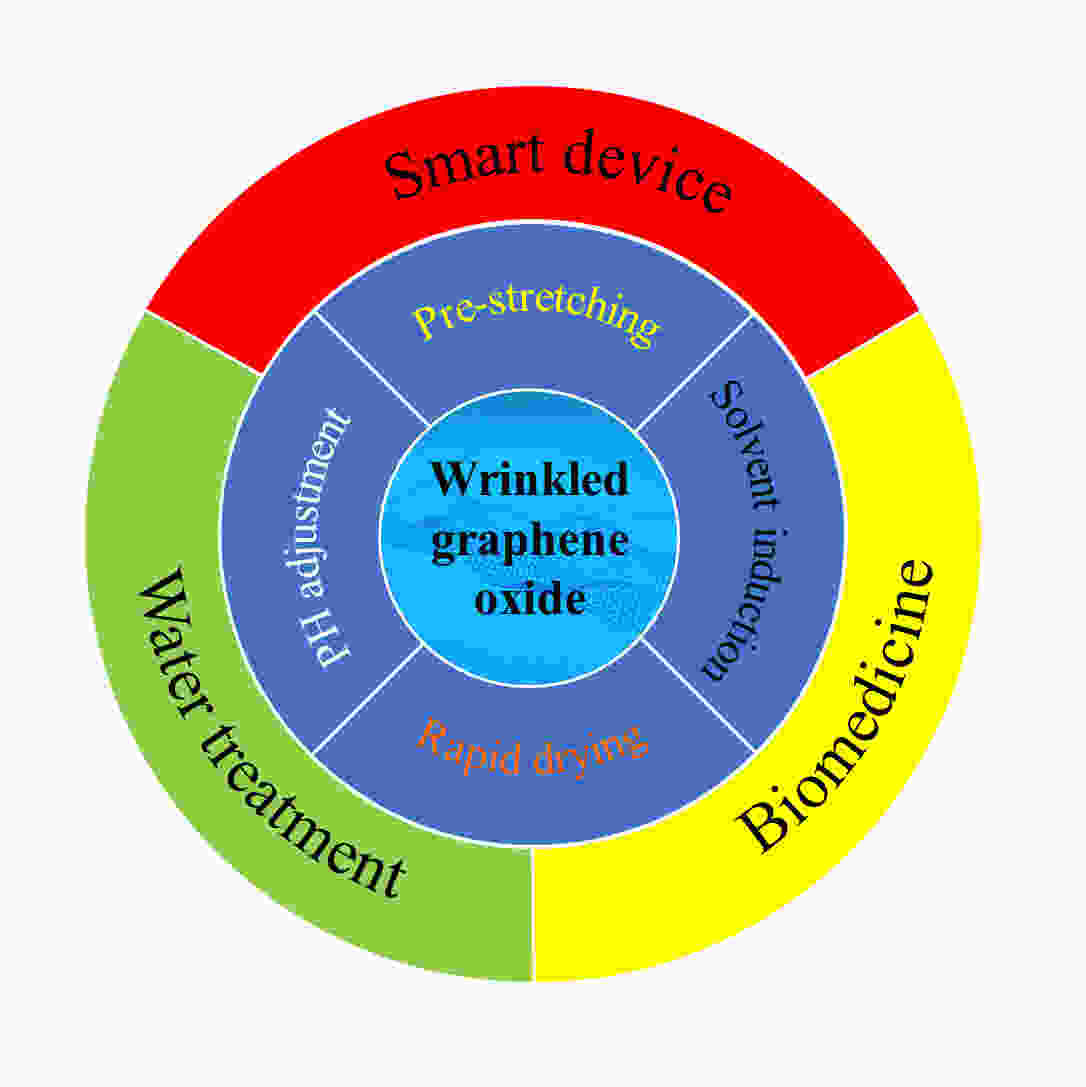
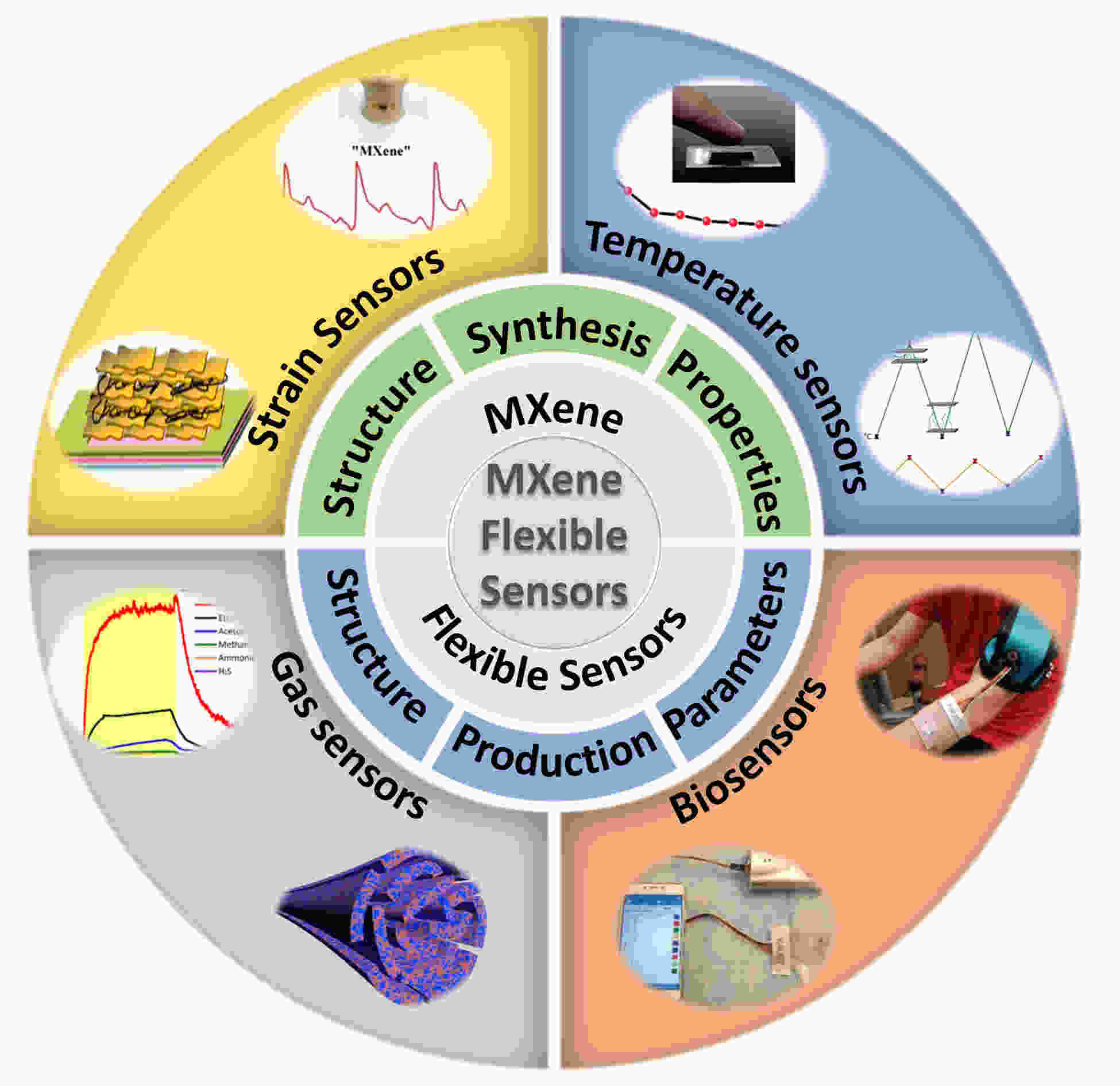
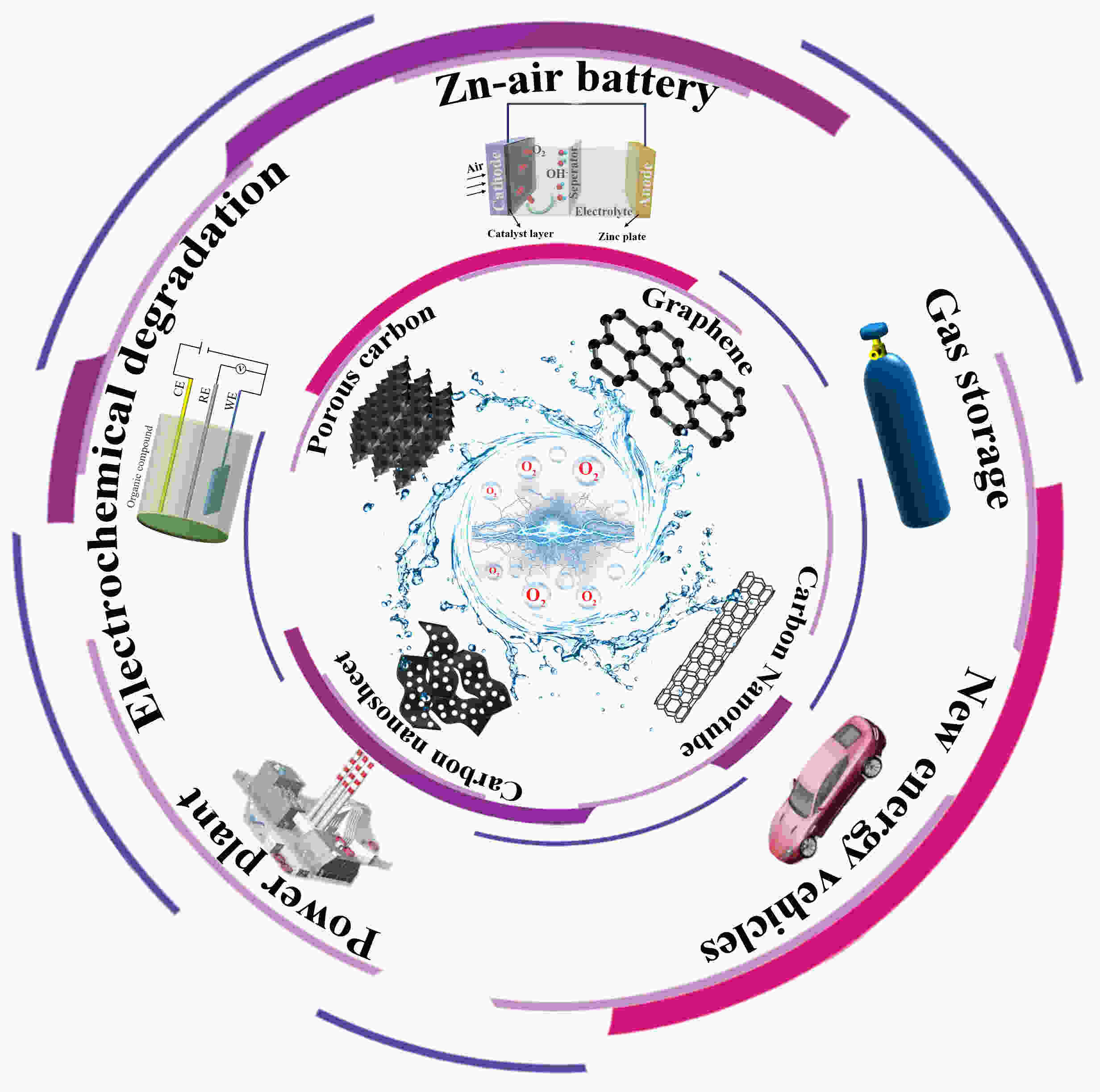
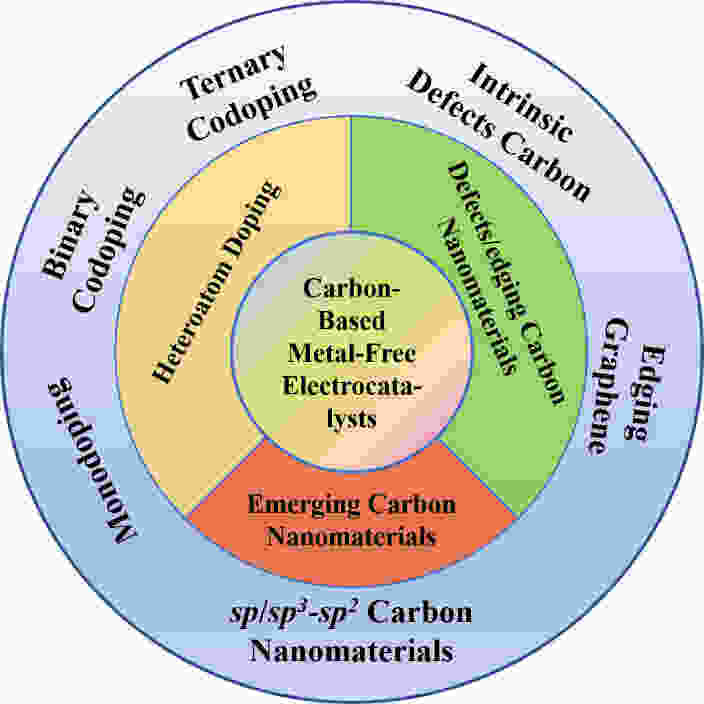
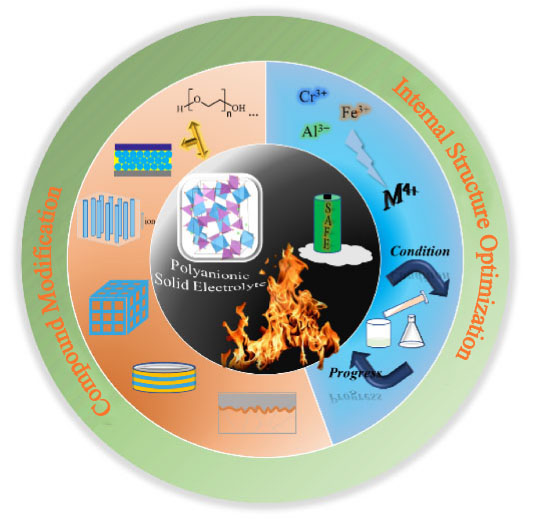
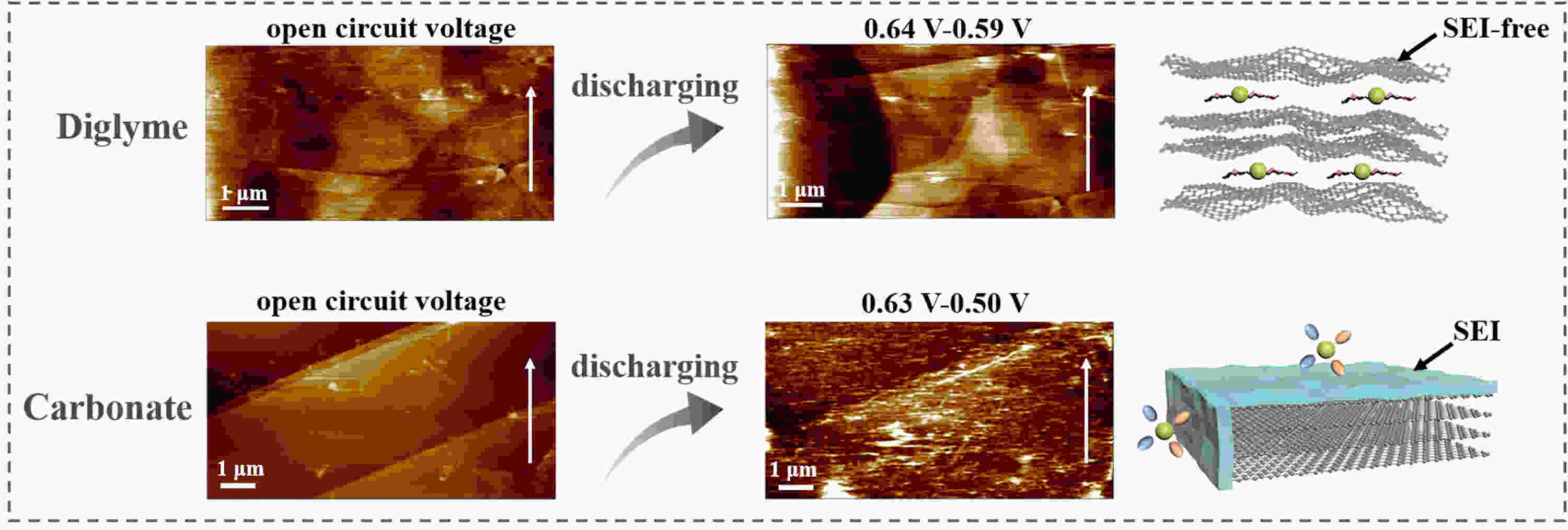
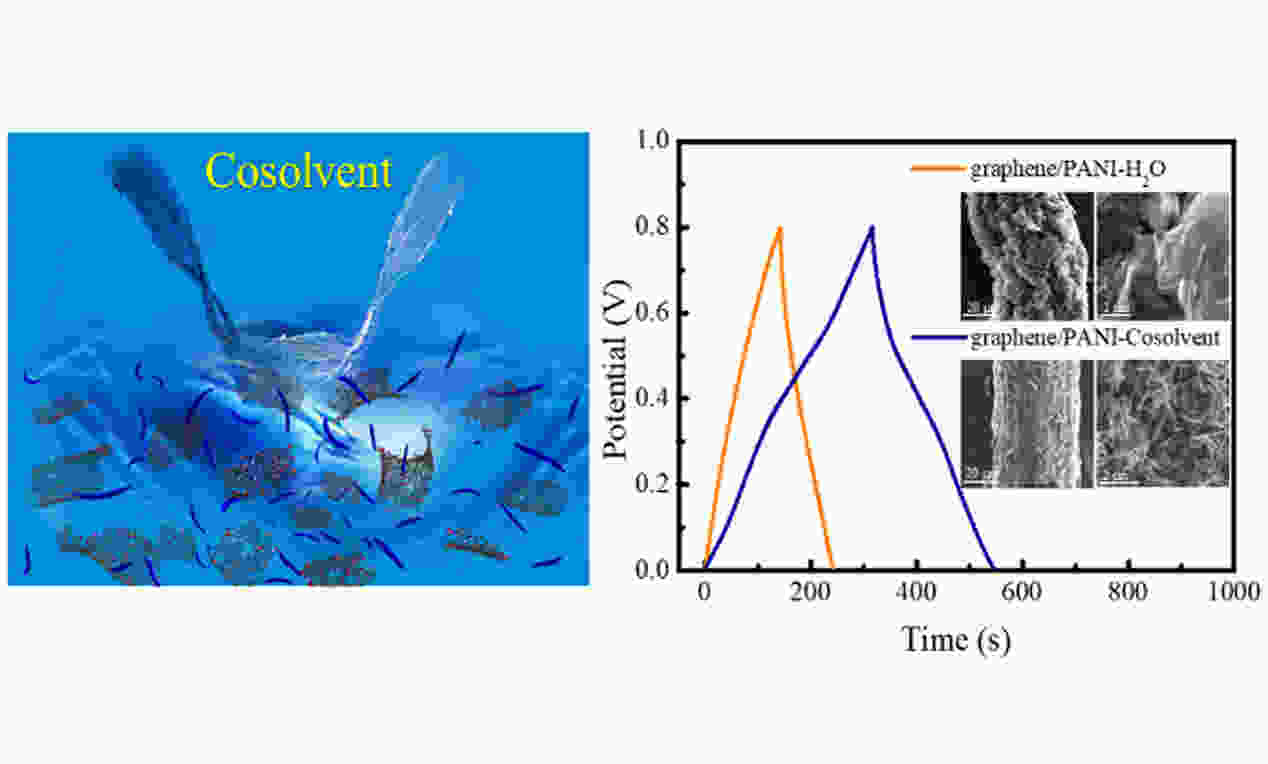
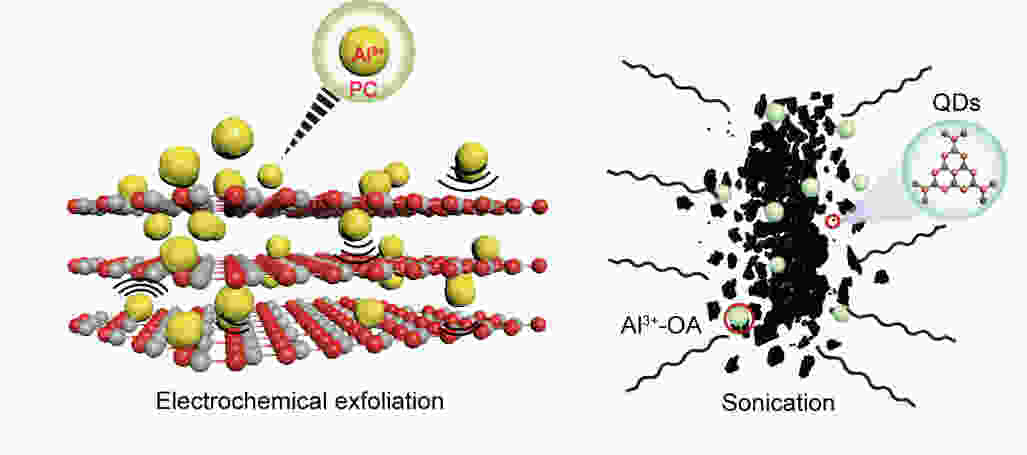
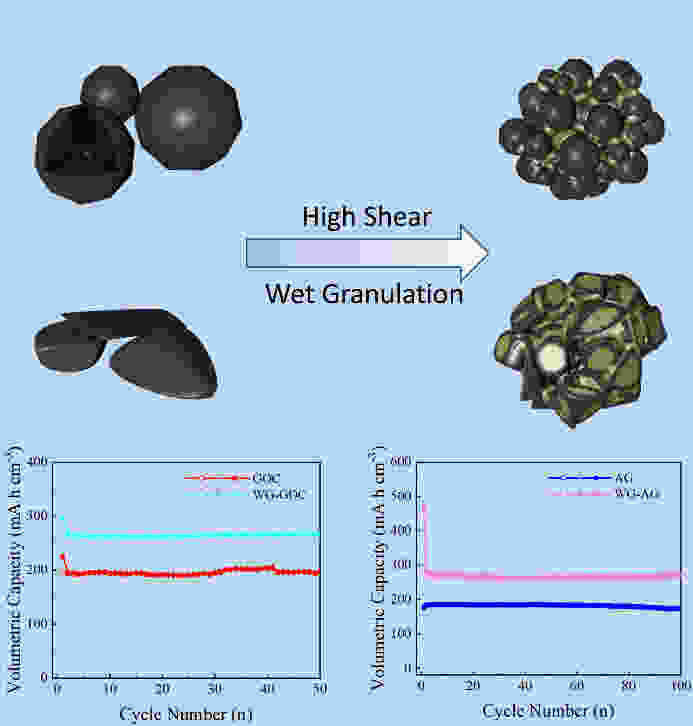
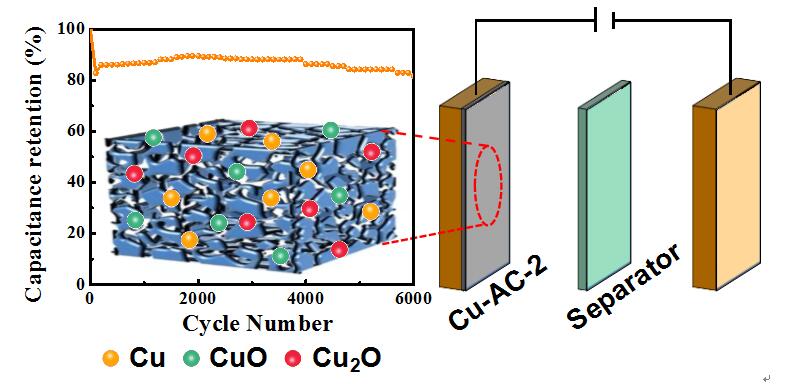
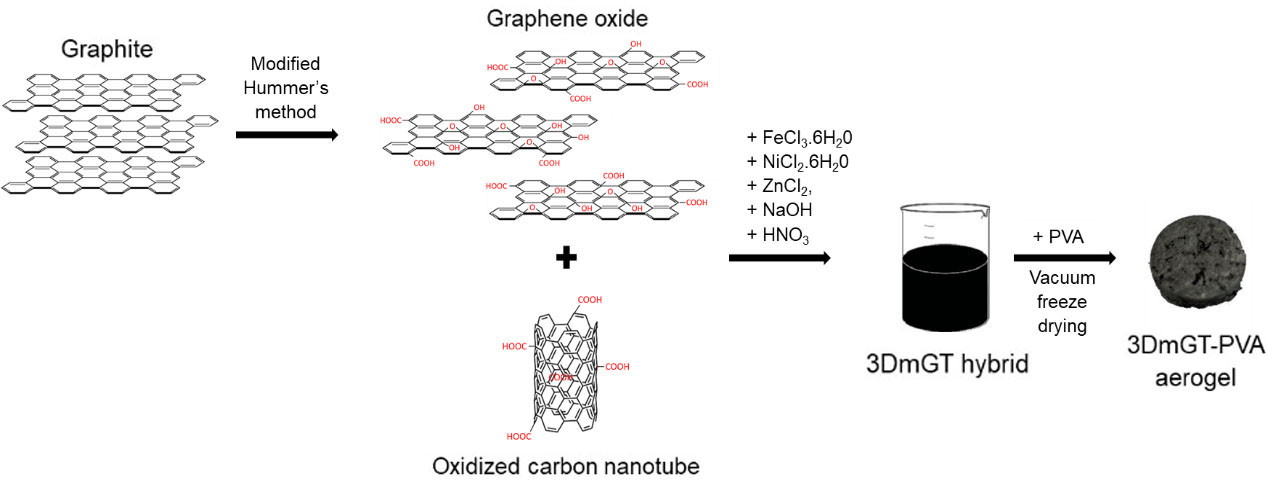
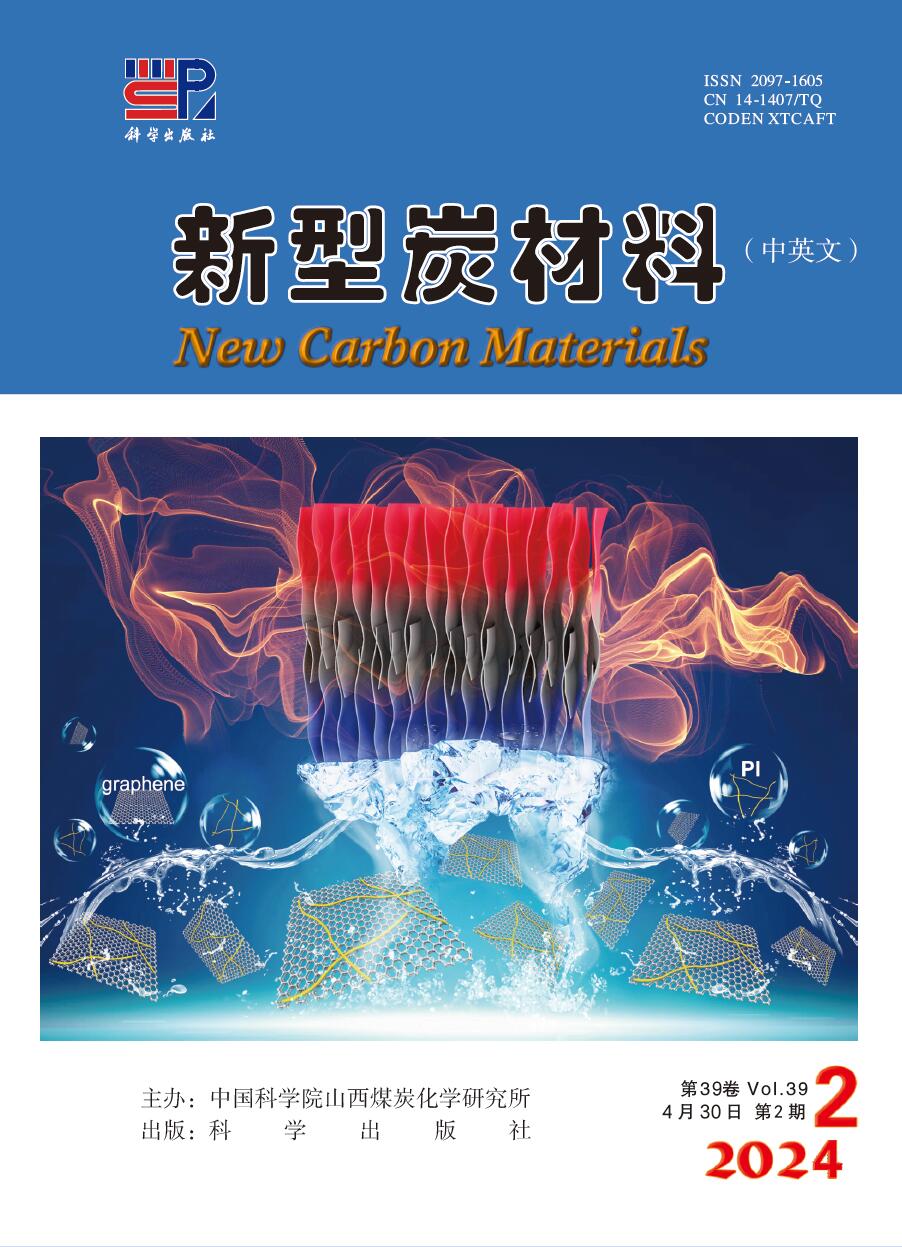

 Classified Collection
Classified Collection

 Email alert
Email alert RSS
RSS Download
Download Links
Links

